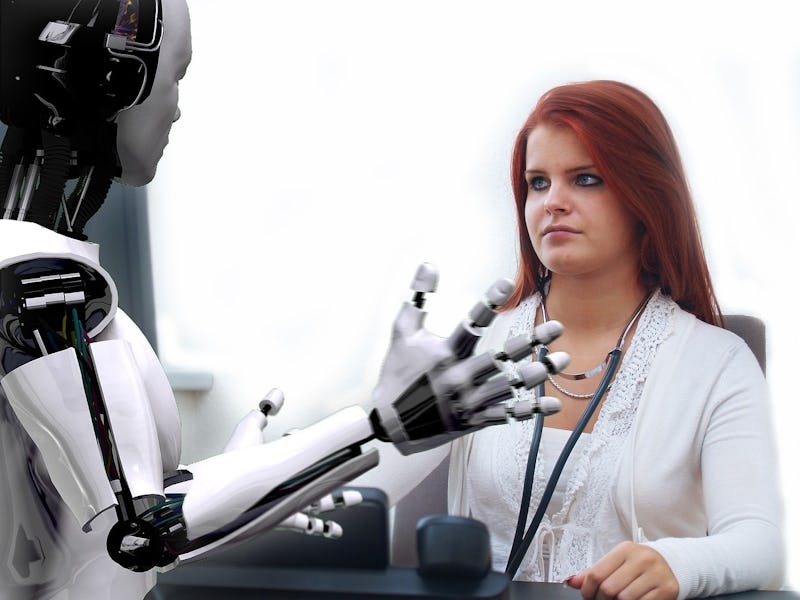If you’re worried about losing your job to a robot, consider training as a nurse. Nursing is just one of several career paths that could technically replace workers with robots, but according to a new report released on Friday by PricewaterhouseCoopers, the field could be relatively safe from automation.
The new report reveals that Robot automation is expected to lead to the loss of around one-third of all jobs by 2030. But just because a job can be automated, doesn’t mean it will be. Patients will almost undoubtedly prefer to have a human at their bedside, and rigorous safety standards might mean medical bots are further away than those coming for other jobs.
The report found that 38 percent of jobs in the United States could be lost to automation over the next 13 years, while Germany could lose 35 percent and the United Kingdom could lose 30 percent of jobs. Those with less education are likely to suffer most: in the UK, 46 percent of workers without education past the age of 16 are vulnerable to automation, but if you have an undergraduate degree, that figure drops to 12 percent.
But these figures are projections, and the reality could turn out quite differently. The report notes that regulations and external pressures could save jobs in select industries.
“For example, healthcare robots which would have to meet very strict safety standards before being able to interact with patients without close human supervision,” John Hawksworth, chief economist at PwC, tells Inverse.
In this situation, robots might not actually replace human workers because of the patient interaction involved. Instead, machines could be used for completing tasks like lifting patients in and out of bed, and a nurse would stay employed to oversee the machines and lead the tasks. Politicians could loosen rules around robot-patient interaction, but it makes more sense to employ machines to assist with tasks instead of taking over entirely.
“You can already see examples of this in Japan, which is most advanced in this area,” Hawksworth says.
Other robots, like the one below at St. Mary’s Hospital in London, can help specialists from around the world talk to patients about their condition. Again, robots are assisting on the ward, but in a way that complements human work rather than replaces it.
A member of the St Mary's Hospital medical staff operates the Sister Mary RP6 (Remote Presence Robot), as he communicates with a patient via a remote console system in London, England.
Autonomous cars are an example of an area where robots probably will take over because people care enough to push for rule changes. The vehicles face a lot of issues around insurance liability, as it’s unclear who would be responsible if two self-driving cars crash. If there’s enough societal interest in overcoming these barriers, though, regulations should change to accommodate.
It may happen later than 2030, but the report states that it expects many industries to eventually shift “where automation makes economic sense and is technically feasible.”
